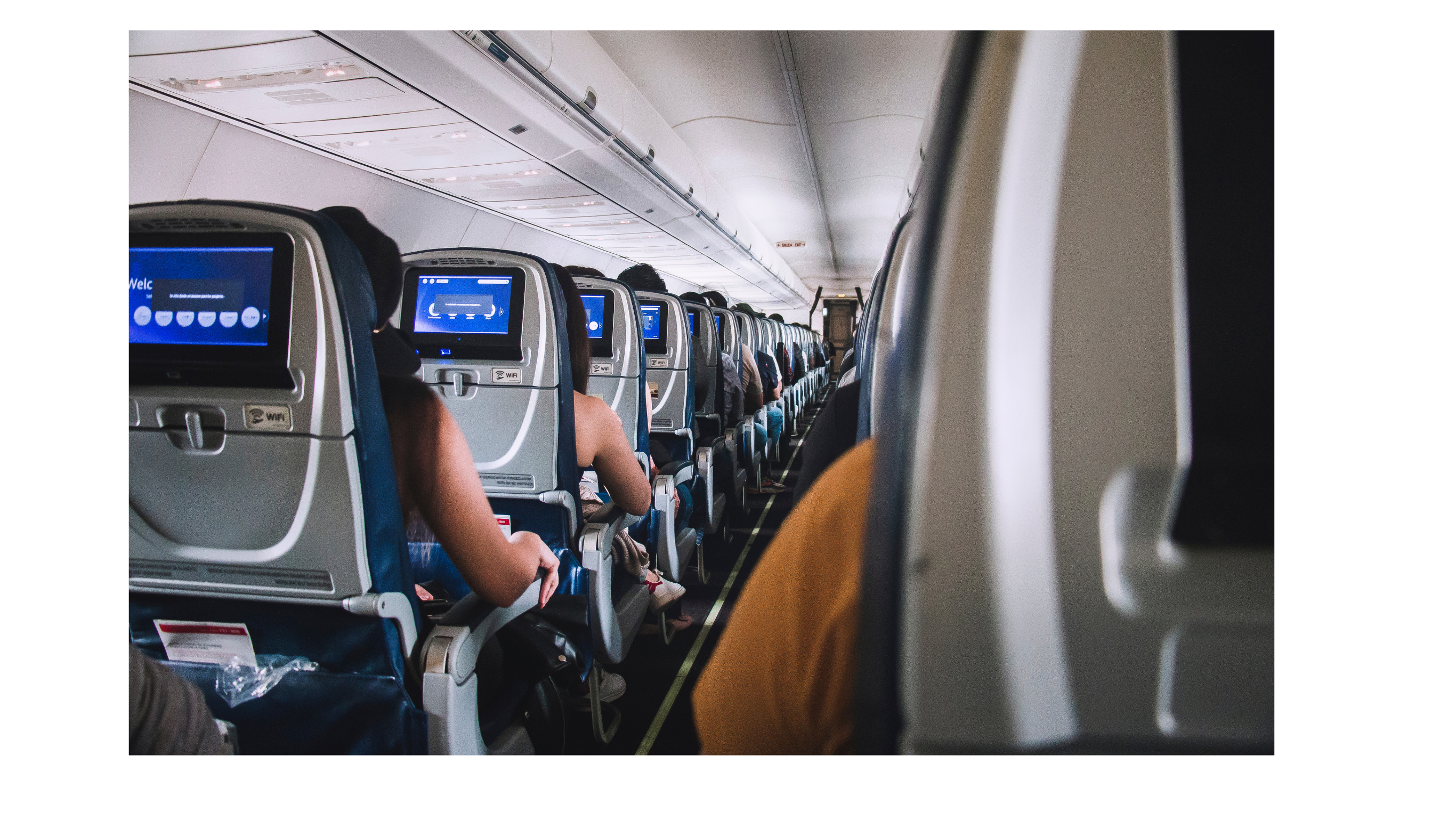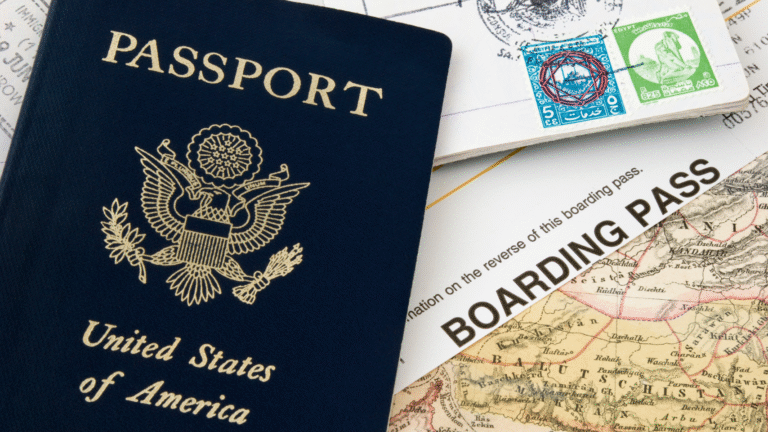Long flights are often the gateway to incredible adventures—but they can also come with hidden health risks if you’re not careful. One of the most serious (yet often overlooked) risks of air travel is deep vein thrombosis, or DVT — a type of blood clot that can form when you sit still for too long.
Whether you fly once a year or every month, this is something every traveler should understand—because yes, it can happen to anyone.
Let’s talk about what it is, how to spot the signs, and the simple steps you can take to protect yourself while traveling.
What is Deep Vein Thrombosis (DVT)?
DVT happens when a blood clot forms in a deep vein, usually in your legs.
It’s more common than you think—especially on long flights or car rides where you’re sitting for hours with little movement.
The scary part? If left untreated, a clot can break loose and travel to your lungs, causing a pulmonary embolism, which can be life-threatening.
Warning Signs of a Blood Clot While Traveling
Here are some symptoms to watch out for—especially during or after long travel:
-
Swelling in one leg (or arm)
-
Pain or cramping that starts in the calf or thigh
-
Red or warm skin around the affected area
-
Unusual tenderness or tightness in the leg
-
In rare cases: shortness of breath or chest pain (seek emergency help immediately)
If you notice any of these signs, don’t ignore them. Seek medical attention right away.
Why Travel Increases the Risk
When you’re flying, your blood flow slows down due to:
-
Prolonged sitting
-
Dry cabin air (which can lead to dehydration)
-
Lower oxygen levels at high altitudes
-
Pressure changes in the cabin
Even healthy people are at risk, especially on flights longer than 4 hours. The longer you sit without movement, the higher the risk.
What You Can Do to Prevent DVT While Flying
The good news? DVT is preventable, especially if you’re proactive.
Here are smart ways to protect yourself:
1️⃣ Wear Compression Socks
Compression socks help improve circulation and reduce swelling during flights.
I personally wear them on every flight over 3 hours — and they’ve made a huge difference.
Here’s the exact pair I use from my Amazon storefront:
Shop My Favorite Compression Socks Here Amazon
2️⃣ Get Up and Move Around
Set a timer every 1–2 hours to stand up, stretch, and walk the aisle.
Even flexing your ankles and rotating your feet while seated helps.
3️⃣ Stay Hydrated
Skip the wine and soda—water is your best friend when flying. Dehydration thickens your blood, which can increase clot risk.
4️⃣ Avoid Crossing Your Legs
Crossing your legs for extended periods can restrict blood flow. Keep your feet flat and move them often.
5️⃣ Talk to Your Doctor if You’re at Higher Risk
If you’ve had surgery, take birth control, are pregnant, or have a history of clots, ask your doctor if you should take additional precautions (like baby aspirin or blood thinners) before flying.
Travel Tip:
Compression socks aren’t just for flights—they’re great for walking-heavy days in Europe or standing in long lines at airports. Your legs will thank you.
✈️ Final Thoughts: Travel Smart, Stay Safe
Traveling the world is an incredible gift. But your health should always come first.
By understanding the signs of DVT and taking simple steps to prevent it, you can enjoy your travels without worry.
Remember: staying active, hydrated, and protected isn’t just smart—it’s essential.
Don’t forget your compression socks on your next trip… it might just be the most important thing you pack!




